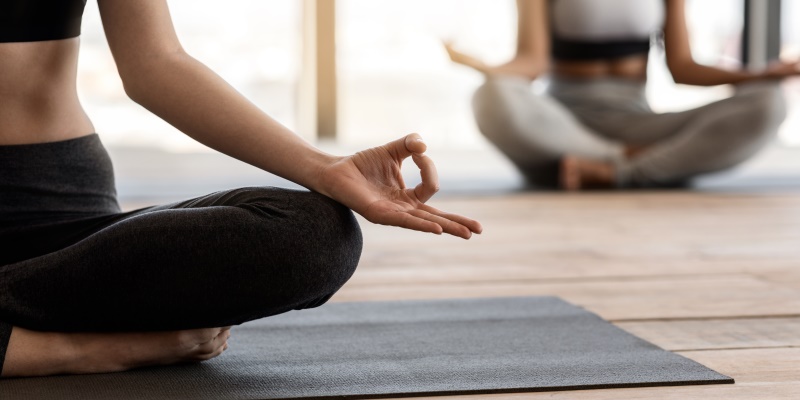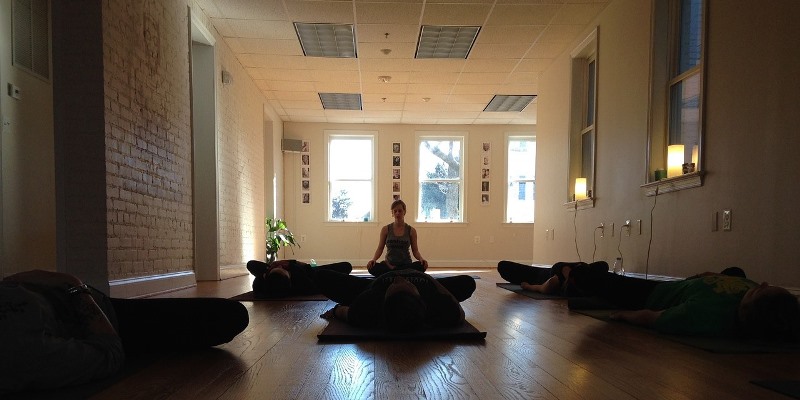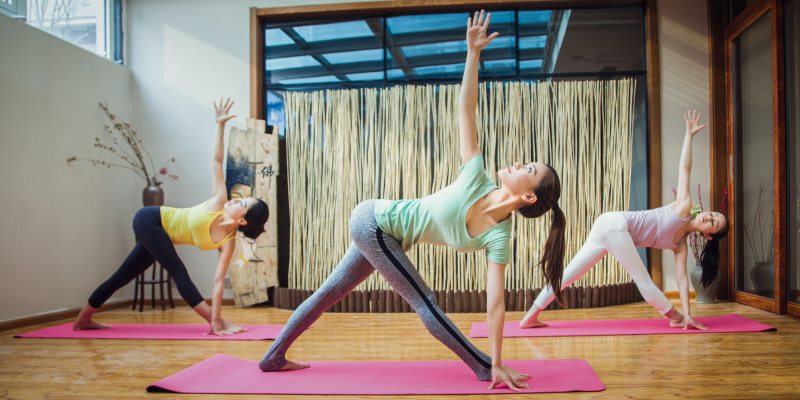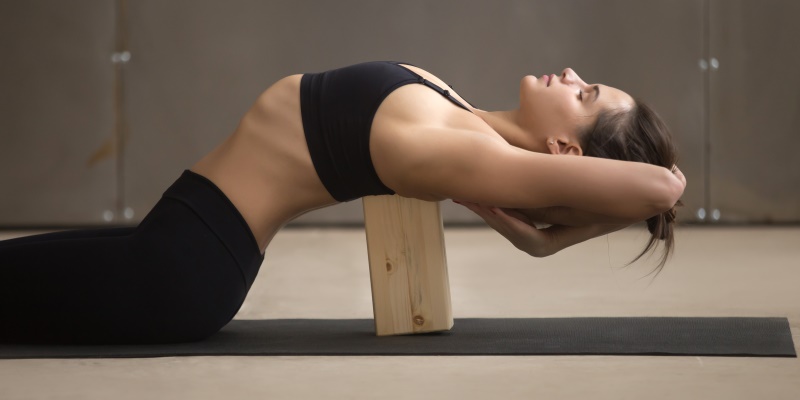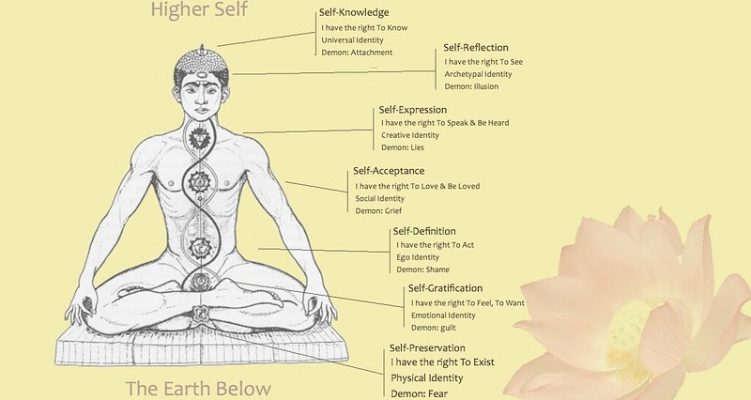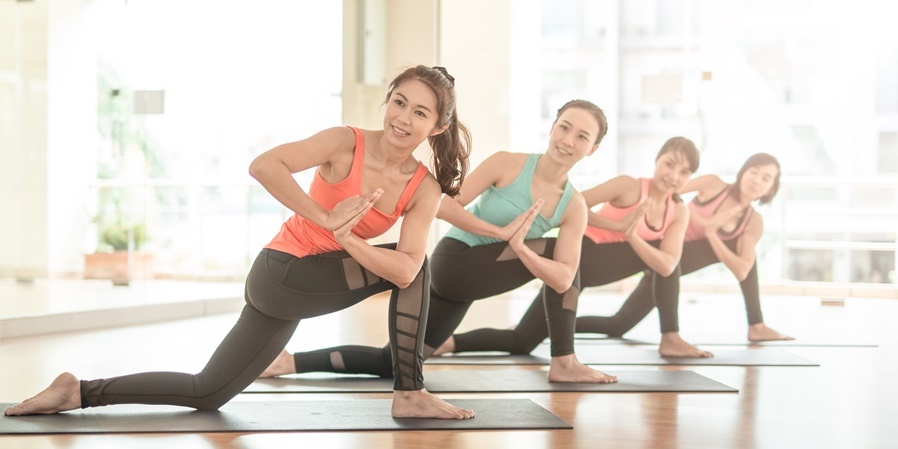
Today, Yoga training is widely available around the world, in the form of drop-in and punctual in-person classes or (live) online, intensive courses, programs, retraits, and Yoga vacations or holidays — paid and unpaid. Moreover, the types of offerings of Yoga classes are so plentiful that it has become somewhat complicated to choose the right style (or type) of Yoga and the appropriate teacher.
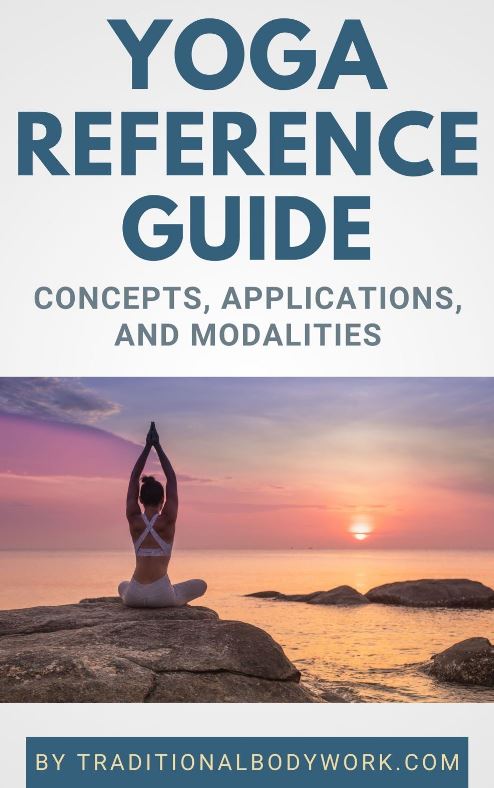
In fact, with the broad range of Yoga types and styles available nowadays it almost takes a study, as it were, to understand what one is looking at or engages in. And, what is good for someone all very much depends on one’s personal capabilities and limitations, and what one is exactly looking for i.e. what one needs healthwise on a physical, psychological, mental or spiritual level.
For instance, a student may seek to gain more flexibility and range of motion, wants to work on a specific health complaint or rehabilitation after injury or surgery, simply seeks fun and socializing, wants to prepare for childbirth, endeavors to keep fit and prevent illness or injuries, seeks to achieve stress and anxiety relief, gain more muscle strength, or looks for spiritual education, and so on.
As such, there are different applications of Yoga, classified as, for instance, Yoga as Exercise, Yoga as Therapy, Yoga for Mental Health, Yoga as Spiritual Practice, among others. And within these categories you will find a huge number of different types of Yoga and Yoga modalities.
Apart from the goals that one seeks to achieve, it’s essential to have a good feeling and “click” with a Yoga teacher, that is, with his or her way of teaching, talking, support, explanation, and approach. It’s also important that a Yoga teacher really understands the student’s needs and limitations, and takes the proper precautions and contraindications into account as for the type and intensity of Yoga exercises in relation to a given individual student.
Another aspect is the qualification of the Yoga instructor. The thing is that in the vast majority of countries there’s no governmental regulation with regard to teaching Yoga. As a matter of fact, basically anyone who would want to teach Yoga can offer classes. That’s not necessarily a “good” or “bad” thing, but it makes it harder for a prospective student to make the right choice.

However, there are many large Yoga organizations and associations (for instance, the Yoga Alliance, International Association of Yoga Therapists, and International Yoga Federation) that try to ensure the quality of Yoga teachings and teachers. These associations keep records of certified Yoga schools and teachers, and as such that could be of great help to at least choose an accredited i.e. certified instructor.
There’s also a lot of information and training available on the Internet, for free, and a student can look at (and try) different types of Yoga before engaging with a specific teacher or program. Additionally, it’s quite common that the first lesson with a Yoga teacher i.e. Yoga studio is for free, like a try-out, which makes it easier to decide if this teacher, that studio, or this type of Yoga is suitable.
In any case, if one has any doubt of one’s abilities to engage in Yoga, it’s always advisable to ask a physician or other appropriate healthcare provider if there are any objections of doing Yoga (or doing certain types of Yoga). Nonetheless, in this day and age, Yoga training is so broad and diverse that it would be almost an impossibility not being able to find a certain style, type or teacher that is appropriate for you.







